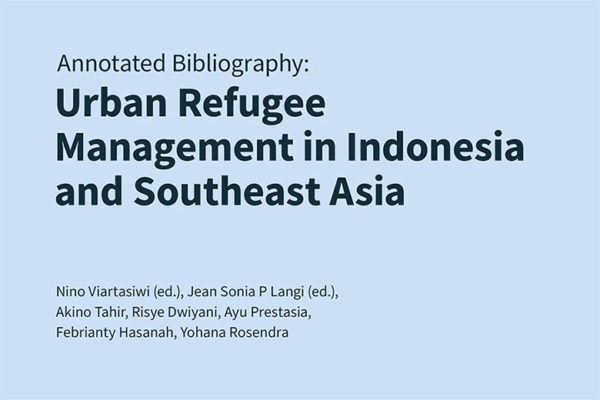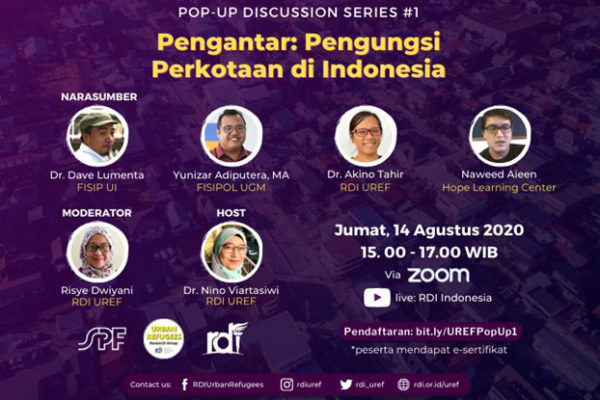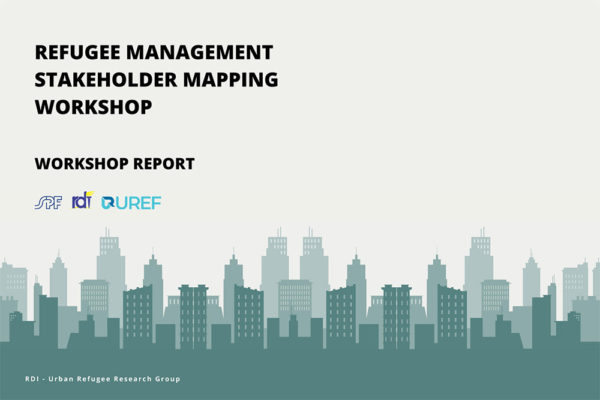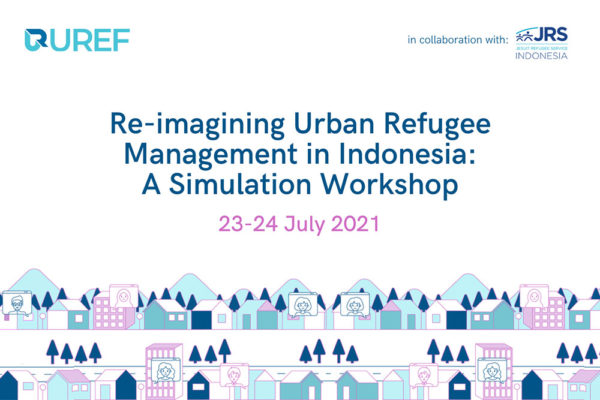Urban Refugee Stakeholder Management in Indonesia
Background
The roles of cities in migration management are acknowledged in the 2016 New Urban Agenda, the 2018 Global Compact for Migration (GCM) and Global Compact for Refugees (GCR). This includes a recognition to the need of supporting local authorities, finding new mechanisms for local engagement, and identifying new ways of working between humanitarian and development actors. Integrating migration into development planning solutions at local, national and global levels offers sustainable responses to situations of large scale and protracted displacement, promoting benefits for the displaced as well as their host societies. Urban environments offer the possibility of greater opportunities for economic integration and self-reliance for migrants and refugees, and potentially facilitate a local integration alternative to return. Hence, we see an increasing number of cities, especially in Europe and North America, are integrating migration policies into urban planning and development initiatives.
Unfortunately, while global agendas recognize the need of supporting local authorities in responding to the displacement issue, examples of best practices or relevant mechanisms are limited, especially in the context of transit countries in Southeast Asia. Most cities are ill-prepared, with outdated infrastructure, limited financial capability and institutional capacity, and limited experience in working in humanitarian settings alongside humanitarian actors, which poses major challenges. To add to the problem is the low recognition to the existence of refugee in local governance as this group is considered as non-citizen and temporary guests. As the result of the low recognition, in dealing with the impact of global forced migration, cities often require support from other stakeholders to access technical and financial instruments and assistance from global partners.
This research was aimed to understand how cities in transit countries are responding to the global trend of forced migration. The goal was to document, find overlaps and gaps in refugee management at local level, as well as share lessons learned and extract recommendations from several case studies to be potentially useful for other cities in similar transitory context. We also looked at how refugee management continues at a time of global crisis (COVID-19). The outcome was expected to provide an understanding of how cities can better prepare and respond to welcoming refugees and including these efforts in existing urban development plans. It was intended to explore the following research questions:
- How do Indonesian cities coordinate their refugee management across different offices and stakeholders?
- How does Indonesia’s experience differ with other countries in Southeast Asia, particularly with countries that host a large number of refugees-in-transit?
Methodology
Due to pandemic restrictions, the research relied primarily on secondary sources of academic and non-academic literature accessible from various platforms. Where relevant and possible, we attempted to use primary sources through discussion, interview, and others, likely obtained through online interaction. Meanwhile, the geographical scope of the research discussion include 3-5 refugee-hosting cities in Indonesia. We also briefly looked at refugee management at neighboring countries (Malaysia and Thailand).









